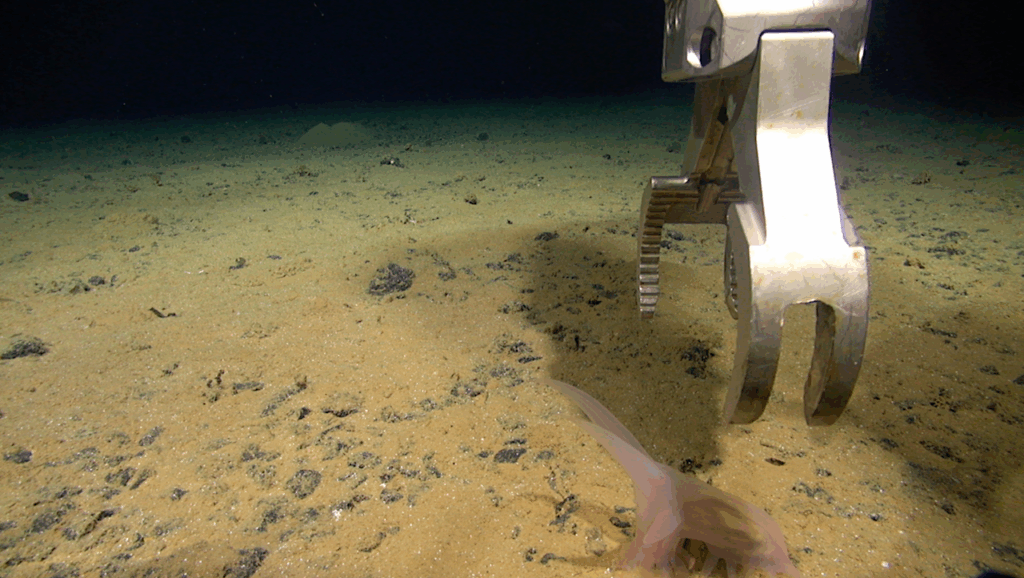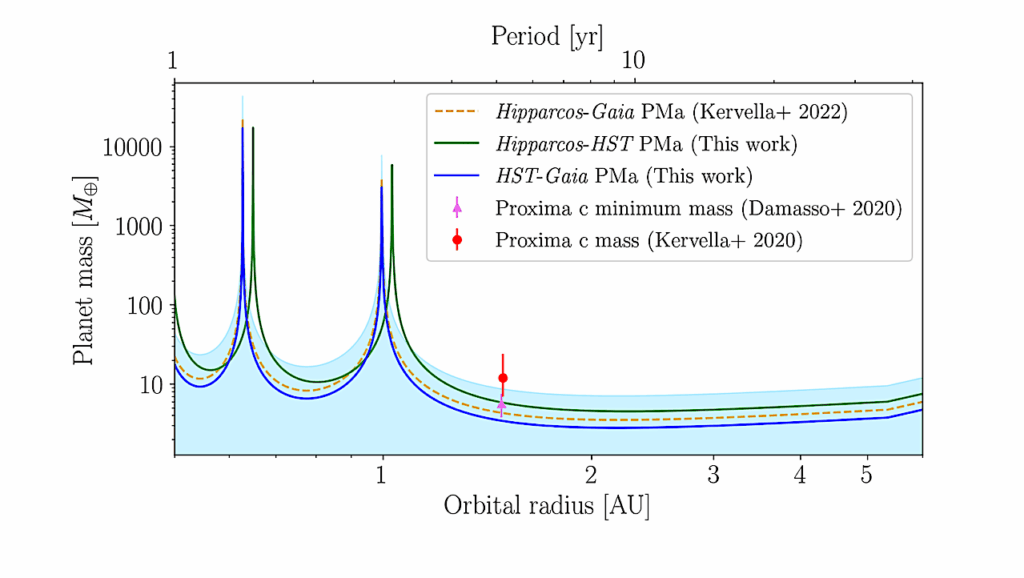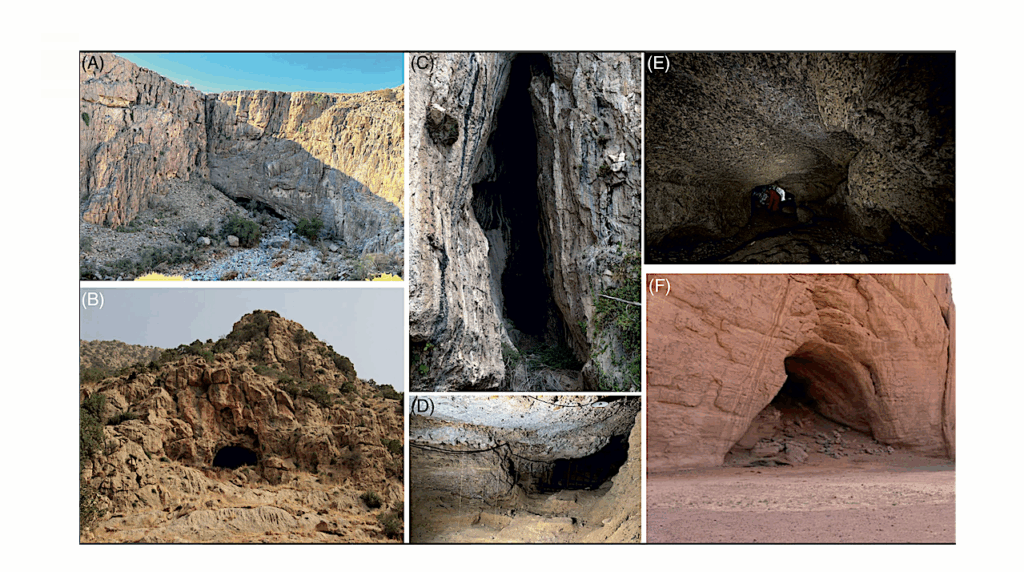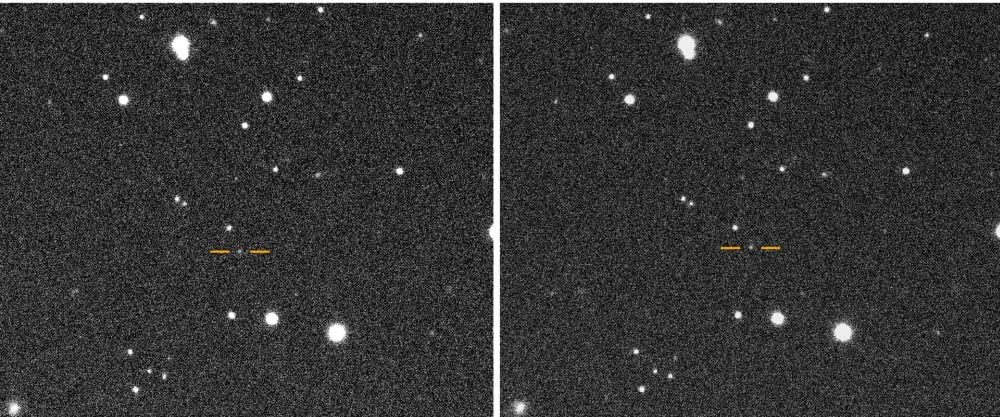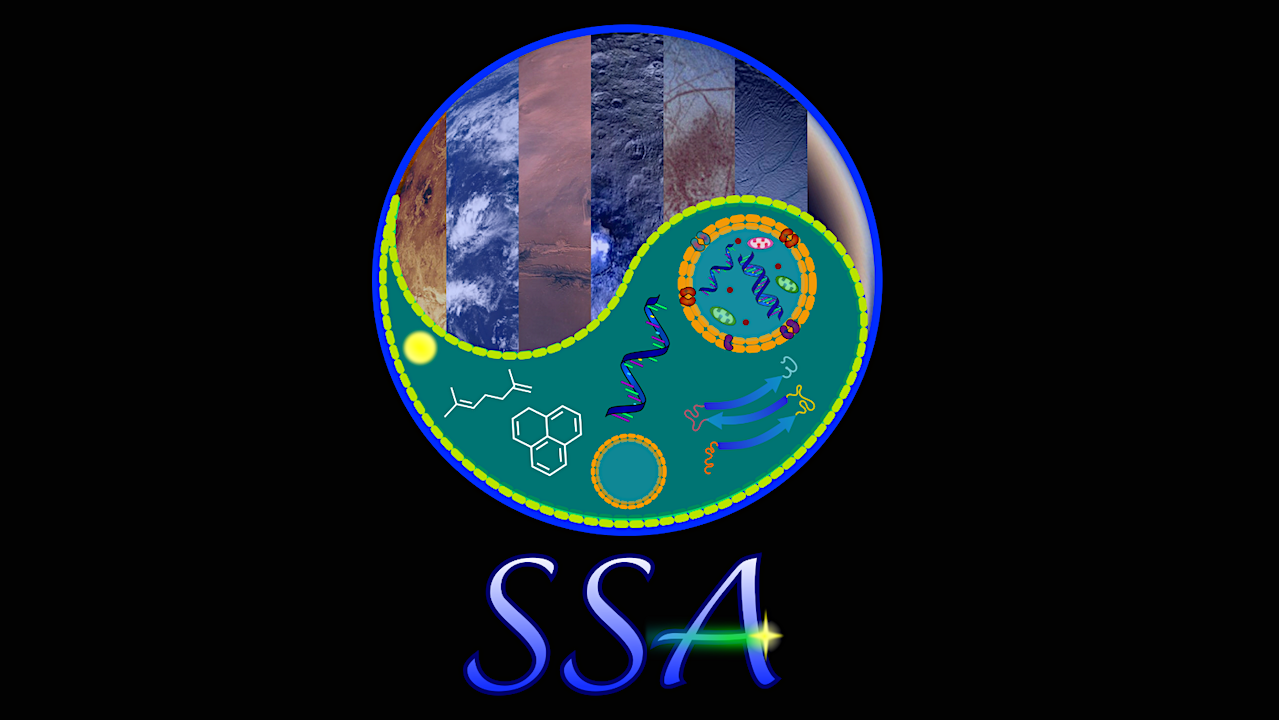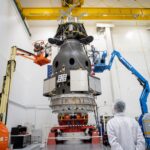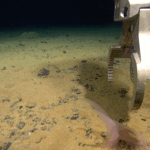Now Reading: Formation Of Super-Earths Around Low-mass Stars: Evolution Of An Icy Dead Zone
-
01
Formation Of Super-Earths Around Low-mass Stars: Evolution Of An Icy Dead Zone
Formation Of Super-Earths Around Low-mass Stars: Evolution Of An Icy Dead Zone
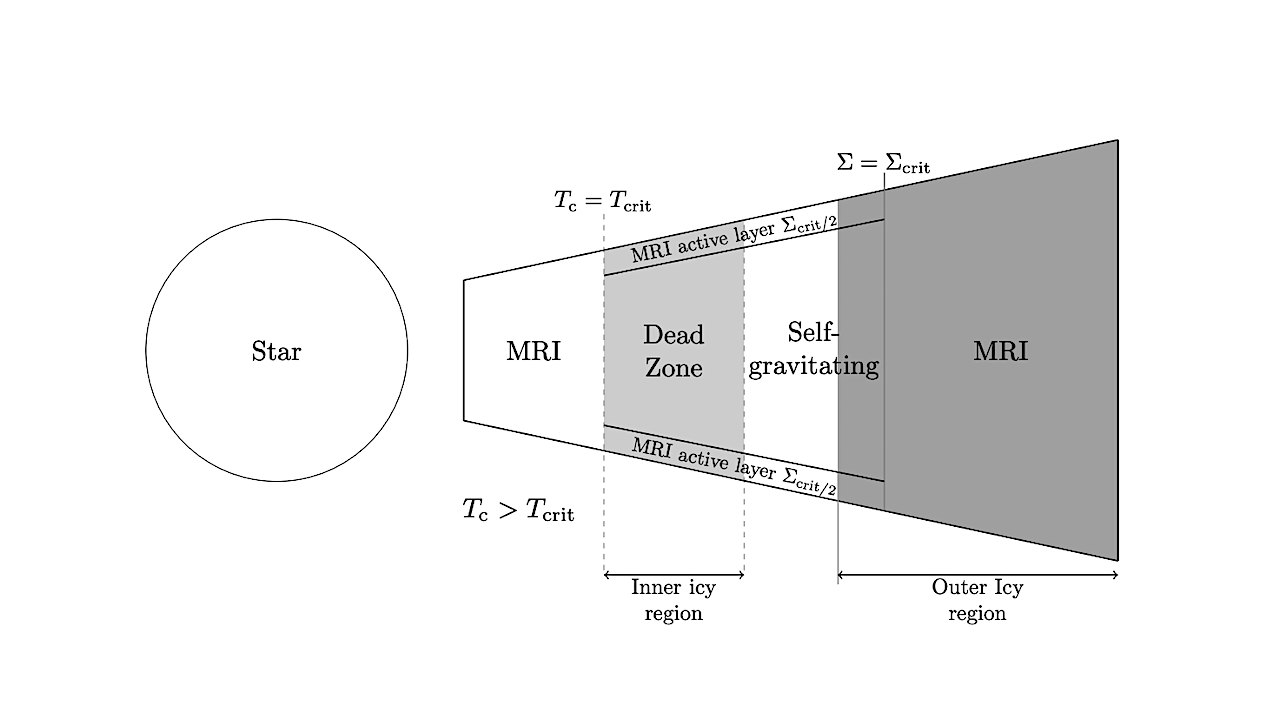

Sketch of the protoplanetary disc structure. In the inner region of the disc, where the gas is sufficiently hot (𝑇c > 𝑇crit), the gas is ionized and well-coupled to the magnetic field, allowing the MRI to operate effectively. At larger radii, where the temperature is lower, the MRI is suppressed due to insufficient ionization, leading to the formation of a layered disc structure. MRI turbulence occurs in the thin surface layers ionized by cosmic rays or X-rays (with Σ = Σcrit), while the cold mid-plane forms a “dead zone” where the MRI is inactive. In the outer parts of the disc, where the surface density is low enough (Σ Σcrit) for cosmic rays to penetrate to the mid-plane, the disc becomes fully MRI-active again. The outer parts of the dead zone may be heated by self-gravity if sufficient material builds up. The shaded regions in the figure indicate two possible icy zones within the disc: (1) an outer icy region far from the star and (2) an inner icy region located within the dead zone, closer to the star. — astro-ph.EP
Exoplanet observations show that close-in super-Earths are more common around M-dwarfs than around solar mass stars.
Since the snow line in a protoplanetary disc plays a crucial role in determining the amount of solid material available for planet formation, we explore the icy regions of protoplanetary discs around stars with masses 0.1, 0.5 and 1 M⊙.
In a protoplanetary disc, a dead zone, where the magneto-rotational instability (MRI) is suppressed, provides a quiescent region for solids to settle to the mid-plane and planets to form. Viscosity may be driven in the dead zone by gravitational instability if enough material builds up. Heating from the gravitational instability can trigger the MRI and an accretion outburst onto the star. There may be two icy regions in a disc: (1) far from the star and (2) in the dead zone close to the star.
We solve the 1D disc equations to find steady state solutions and time-dependent evolution with different values for the critical surface density in the MRI-active surface layers. Larger surface density in the MRI-active surface layers reduces the extent and lifetime of the inner icy region. The inner icy region in the dead zone around a solar mass star is small and short-lived.
Around M-dwarfs, the size of the inner icy region is more persistent and oscillates between the accretion outbursts in the region 0.1-1 au. An extended icy region within the dead zone of a disc around M-dwarfs may promote the formation of more numerous and massive close-in super-Earths.
Danilo A. Arturo Rodriguez, Rebecca G. Martin
Comments: 15 pages, 8 figures
Subjects: Earth and Planetary Astrophysics (astro-ph.EP)
Cite as: arXiv:2510.17767 [astro-ph.EP](or arXiv:2510.17767v1 [astro-ph.EP] for this version)
https://doi.org/10.48550/arXiv.2510.17767
Focus to learn more
Submission history
From: Danilo Arturo Rodriguez
[v1] Mon, 20 Oct 2025 17:27:36 UTC (2,781 KB)
https://arxiv.org/abs/2510.17767
Astrobiology, exoplanet,
Stay Informed With the Latest & Most Important News
Previous Post
Next Post
-
 012024 in Review: Highlights from NASA in Silicon Valley
012024 in Review: Highlights from NASA in Silicon Valley -
 02Panasonic Leica Summilux DG 15mm f/1.7 ASPH review
02Panasonic Leica Summilux DG 15mm f/1.7 ASPH review -
 03From Polymerization-Enabled Folding and Assembly to Chemical Evolution: Key Processes for Emergence of Functional Polymers in the Origin of Life
03From Polymerization-Enabled Folding and Assembly to Chemical Evolution: Key Processes for Emergence of Functional Polymers in the Origin of Life -
 04How New NASA, India Earth Satellite NISAR Will See Earth
04How New NASA, India Earth Satellite NISAR Will See Earth -
 05And Thus Begins A New Year For Life On Earth
05And Thus Begins A New Year For Life On Earth -
 06Astronomy Activation Ambassadors: A New Era
06Astronomy Activation Ambassadors: A New Era -
07SpaceX launch surge helps set new global launch record in 2024













